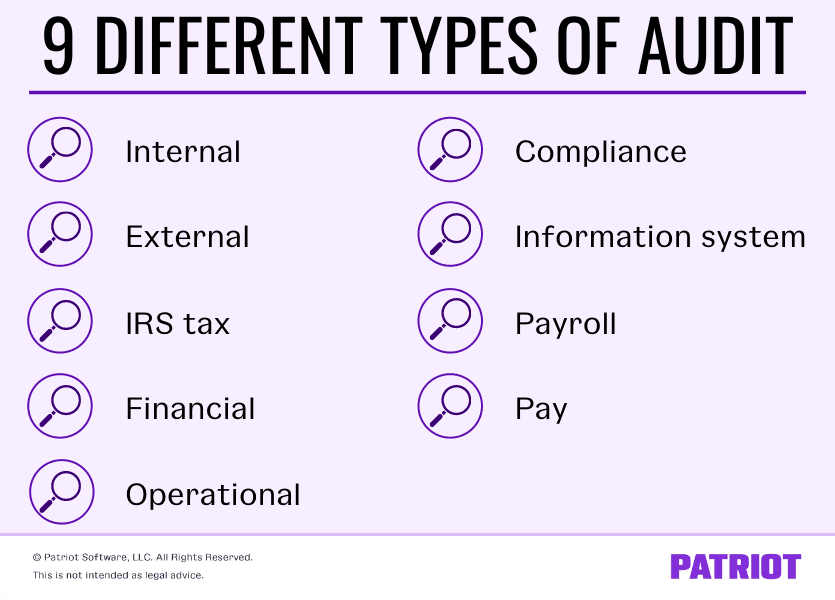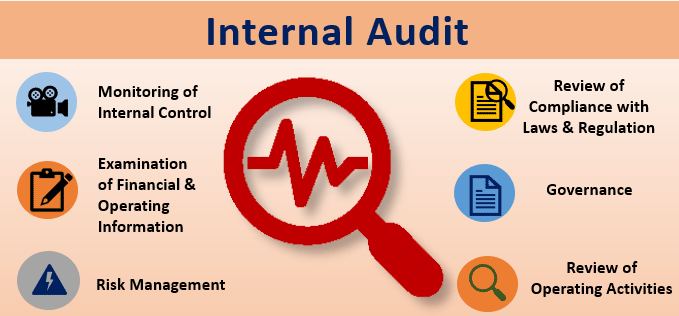What are the 3 Types of Internal Audits?
Internal audits play a crucial role in organizations by assessing and evaluating their internal control systems, risk management processes, and compliance with regulatory requirements. These audits are conducted by professionals who are independent of the processes being reviewed, providing an unbiased perspective. Internal audits help organizations identify weaknesses, improve efficiency, and ensure compliance. In this article, we will explore the three main types of internal audits and their significance in organizational governance. What are the 3 types of Internal audits?
Financial Audits
Financial audits focus on reviewing an organization’s financial records, transactions, and reporting systems to ensure accuracy, reliability, and compliance with accounting standards and regulations. These audits are vital for maintaining the integrity of financial information, identifying any discrepancies, and preventing fraud or misappropriation of funds.
During a financial audit, auditors examine financial statements, such as balance sheets, income statements, and cash flow statements, to verify their accuracy. They also review supporting documentation, including invoices, receipts, and bank statements, to ensure that transactions are properly recorded and classified.
Financial audits often involve testing internal controls, such as segregation of duties and authorization processes, to determine their effectiveness in preventing errors or fraudulent activities. Auditors may also assess compliance with applicable laws, regulations, and accounting principles.

What are the 3 types of Internal audits?
The findings of a financial audit provide valuable insights into an organization’s financial health, identify areas for improvement in financial management, and contribute to enhanced decision-making processes.
Operational Audits
Operational audits focus on evaluating an organization’s operational processes, procedures, and practices to identify inefficiencies, risks, and opportunities for improvement. These audits aim to enhance the overall effectiveness, efficiency, and productivity of operations, enabling organizations to achieve their strategic objectives.
During an operational audit, auditors analyze various aspects of an organization’s operations, including workflow, resource allocation, performance measurement, and compliance with policies and procedures. They may interview personnel, review documents, and observe processes to gain a comprehensive understanding of how operations are conducted.
Operational audits often involve identifying bottlenecks, redundancies, or gaps in processes that hinder efficiency. Auditors may suggest process improvements, cost-saving measures, or changes in resource allocation to optimize operational performance. They may also evaluate the organization’s risk management practices to ensure that potential risks are identified and mitigated.
The insights gained from operational audits help organizations streamline their processes, eliminate waste, enhance productivity, and improve overall performance.
Compliance Audits
Compliance audits focus on assessing an organization’s adherence to laws, regulations, industry standards, and internal policies. These audits ensure that the organization operates in a manner that complies with legal and regulatory requirements, as well as internal guidelines established for ethical conduct and risk management. https://cbdtax.com.au/
During a compliance audit, auditors review policies, procedures, and controls in place to ensure compliance with applicable laws and regulations. They assess whether the organization is following industry-specific standards and best practices. Auditors also examine whether the organization has established effective mechanisms for monitoring compliance and addressing any identified deficiencies or violations.
Compliance audits cover a wide range of areas, including data privacy, environmental regulations, workplace safety, financial reporting, and labor laws, depending on the nature of the organization’s operations. Non-compliance can result in legal penalties, reputational damage, and financial losses.

The findings of a compliance audit help organizations identify gaps in their compliance processes, improve controls, and mitigate risks associated with non-compliance. They also demonstrate the organization’s commitment to ethical practices and regulatory compliance, fostering trust among stakeholders and ensuring the organization’s long-term sustainability.
Conclusion
Internal audits are essential for organizations to assess their financial health, operational efficiency, and compliance with laws and regulations. The three main types of internal audits – financial audits, operational audits, and compliance audits – each serve a distinct purpose in evaluating different aspects of an organization’s activities.
Financial audits focus on ensuring the accuracy and reliability of financial information, safeguarding against fraud, and maintaining compliance with accounting standards. Operational audits aim to enhance operational efficiency, identify areas for improvement, and optimize resource allocation. Compliance audits assess an organization’s adherence to legal and regulatory requirements, industry standards, and internal policies, mitigating risks associated with non-compliance.

